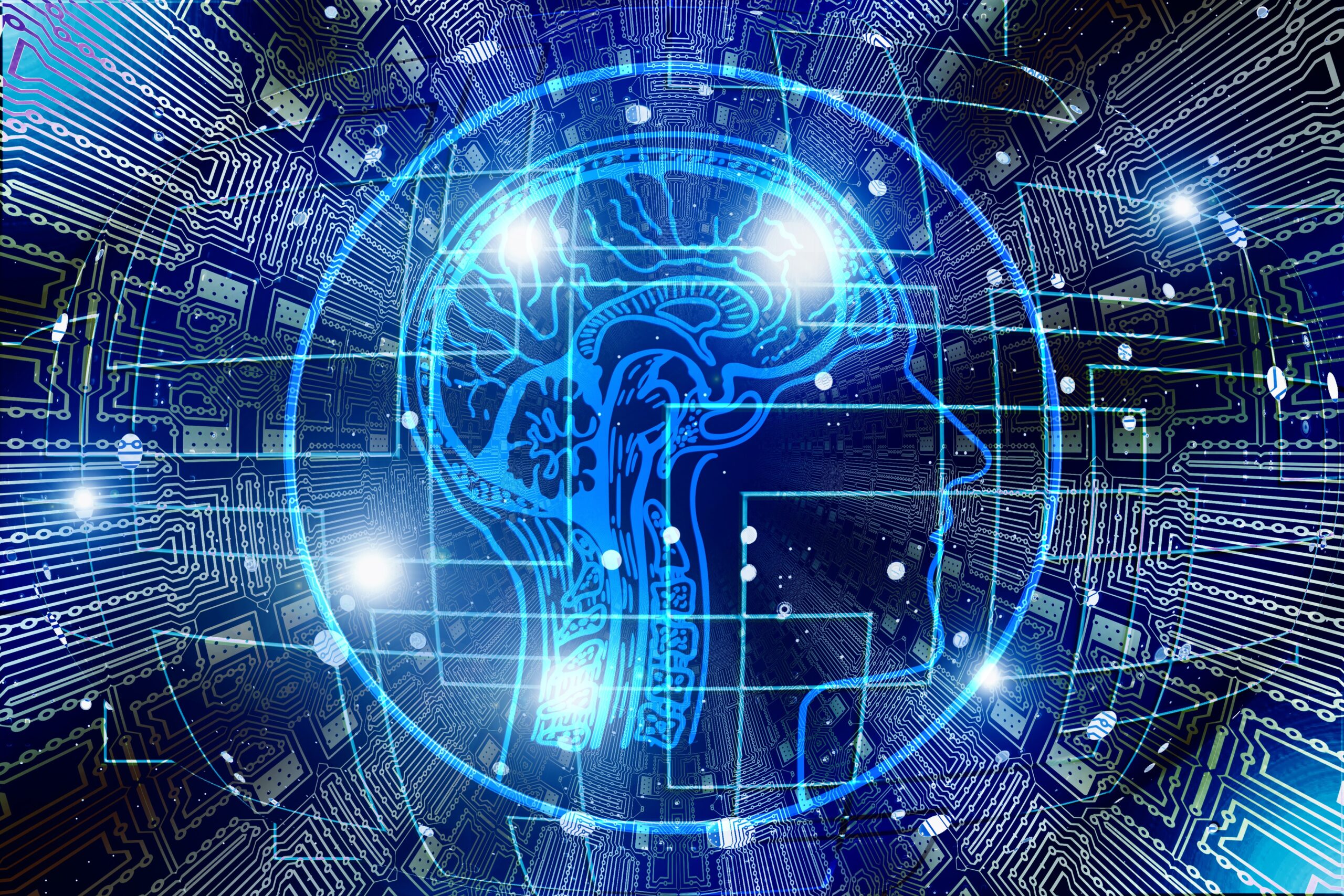In the burgeoning era of technological evolution, the future of transcription stands at the precipice of transformation, driven by the inexorable force of Artificial Intelligence (AI). This trajectory becomes particularly illuminating when we focus on the intricate dance between AI and language, exemplified by the capability to transcribe Korean audio to text. As we embark on this exploration, we unravel the promises, challenges, and profound impact that AI-driven transcription holds for the future.
Pioneering the Future: Transcribe Korean Audio to Text with AI
At the nucleus of this discussion lies the revolutionary process of transcribing spoken Korean into written text through the prowess of Artificial Intelligence. This groundbreaking technology transcends traditional transcription methods, employing machine learning algorithms to comprehend and convert spoken language into precise and contextually rich written form.
Promises on the Horizon
1. Unparalleled Accuracy
The future of transcription through AI heralds a new era of unparalleled accuracy. As machine learning algorithms continuously refine their understanding of linguistic nuances, the accuracy of transcriptions is poised to reach unprecedented heights. This translates into a more reliable and faithful representation of spoken content, diminishing the margin for error.
2. Real-Time Transcriptions
The integration of AI into transcription services paves the way for real-time transcriptions. Imagine a world where spoken words are instantaneously converted into text, eliminating the lag between communication and documentation. This real-time capability has transformative implications for sectors demanding swift and precise information processing, such as journalism, legal proceedings, and business communications.
3. Contextual Understanding
AI-driven transcription systems of the future will not merely transcribe words; they will comprehend context. The ability to understand the subtle nuances of tone, intent, and cultural context in spoken language positions AI as a perceptive transcription partner. This contextual understanding enhances the quality and depth of transcriptions, ensuring that the written representation aligns with the intricacies of the spoken word.
4. Multilingual Proficiency
As AI continues to evolve, transcending language barriers becomes a hallmark feature. The future holds the promise of AI-driven transcription services seamlessly transcribing audio content in multiple languages, including languages with intricate scripts like Korean. This multilingual proficiency fosters global communication and collaboration, making transcription a universal tool for diverse linguistic landscapes.
5. AI Image Generator
Discover the fascinating realm of AI image generation with Codora’s AI Image Generator (Bilder mit künstlicher Intelligenz erstellen lernen). This innovative tool opens up a world of possibilities, allowing you to create captivating and unique images effortlessly. This AI-driven platform empowers users to produce high-quality visuals without the need for advanced design skills. From generating stunning graphics to transforming your ideas into visually appealing compositions, the AI Image Generator provides a user-friendly and cost-free solution. Explore the guide to unleash the full potential of this exciting technology and revolutionize your approach to image creation.
Challenges on the Journey
1. Cultural Sensitivity
The incorporation of cultural nuances in transcriptions remains a nuanced challenge. While AI excels in language processing, understanding cultural subtleties presents a complex puzzle. The future of transcription through AI hinges on its ability to navigate cultural intricacies, ensuring that transcriptions not only capture linguistic content but also respect and convey cultural context accurately.
2. Data Privacy and Security
As AI processes vast amounts of data, the need for robust data privacy and security measures becomes paramount. Transcribing sensitive information, be it in legal, medical, or corporate contexts, demands meticulous safeguards to protect the confidentiality and integrity of the transcribed content. Striking a balance between efficiency and data security remains an ongoing challenge.
3. User-Friendly Interfaces
The integration of AI into transcription services requires user-friendly interfaces to maximize accessibility. Future systems must bridge the gap between advanced AI capabilities and user-friendly experiences, ensuring that individuals with varying levels of technical proficiency can harness the power of AI-driven transcriptions effortlessly.
The Interplay of AI and Future Trends
1. Augmented Reality Integration
The future sees the potential integration of AI-driven transcription into augmented reality (AR) environments. Imagine attending a conference where spoken words are transcribed and seamlessly displayed in your AR headset. This integration augments the user experience, providing a dynamic blend of virtual and real-world information.
2. Emotion Recognition
Advancements in AI may usher in the ability to recognize and transcribe emotional cues in spoken language. This emotional intelligence adds another layer of depth to transcriptions, capturing the sentiment and nuances that go beyond the literal meaning of words. Applications range from customer service interactions to therapeutic settings where emotional nuances are pivotal.
3. Cross-Modal Transcription
The future envisions AI-driven transcription expanding beyond traditional audio to text conversion. Cross-modal transcription may involve transcribing content from various modalities, such as converting handwritten notes or images with text into written form. This multidimensional approach broadens the scope of AI-driven transcription, making it a versatile tool across diverse content formats.
Conclusion
In conclusion, the future of transcription, woven intricately with the fabric of Artificial Intelligence, presents a tapestry of possibilities waiting to unfurl. As we stand on the cusp of this transformative journey, the interplay between AI and language showcases the potential to redefine how we capture, understand, and utilize spoken content.
The promises of unparalleled accuracy, real-time capabilities, contextual understanding, and multilingual proficiency propel AI-driven transcription into uncharted territories. However, the challenges of cultural sensitivity, data privacy, and user-friendly interfaces underscore the importance of responsible and thoughtful development.
The interplay of AI and future trends, from augmented reality integration to emotion recognition, paints a canvas where transcription becomes not just a tool but an evolving language companion. As we navigate the complex terrain of language technology, the future of transcription through Artificial Intelligence beckons us towards a realm where spoken words seamlessly transform into a written narrative, transcending the boundaries of language and time.

